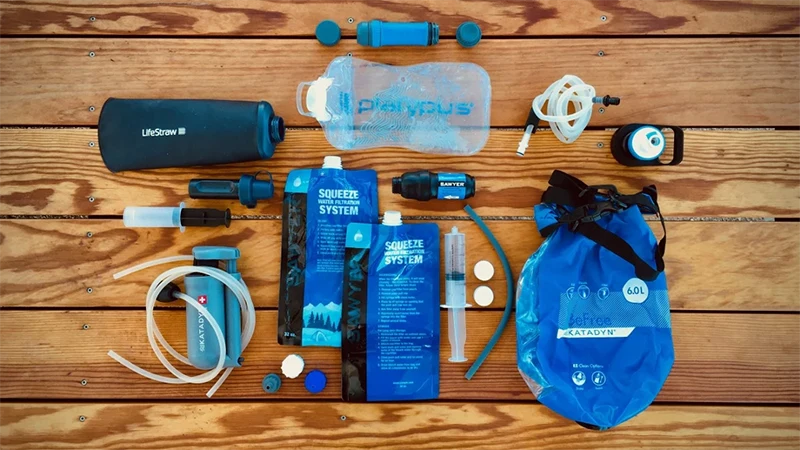

How to buy a safer and more effective insect repellent
5 insect repellants to consider, according to reviewers and pros
Insect repellents can deter pests from nibbling, biting, stinging and, well, bugging you while you’re outdoors, but some insect repellents are safer than others, according to the Environmental Working Group (EWG), which studies the safety and efficacy of a variety of consumers products. The group recommends people use repellants with one of three main ingredients: picaridin, DEET and IR3535: “Each of these active ingredients has low safety concerns and is highly effective at preventing bites from a variety of ticks and biting insects,” the organization writes in a report. Among the EWG’s recommended brands are: Sawyer Picardin ($8.70 on Amazon) and OFF! Family Care Clean Feel ($5.14 on Walmart).
You should also consider where you live to determine what repellent you might need: ”If you face a risk of Lyme or West Nile disease or other insect-borne illnesses, use a higher concentration bug repellent,” writes EWG. Consider a product with picaridin at a 10 to 20% concentration, DEET at a 7-30% concentration, and IR3535 at a 20% concentration,” David Andrews, a senior scientist at EWG, tells MarketWatch. “Choose the higher concentration products for when you plan to spending longer periods of time outdoors.” Here are five specific insect repellents that pros and reviewers recommend.
Continue learning how to buy safe and effective insect repellent written bu Alisa Wolfson.
From the Squad
Campfire conversations with our community, from Squad Members and Ambassadors to Brand Partners and the Sawyer team.

















